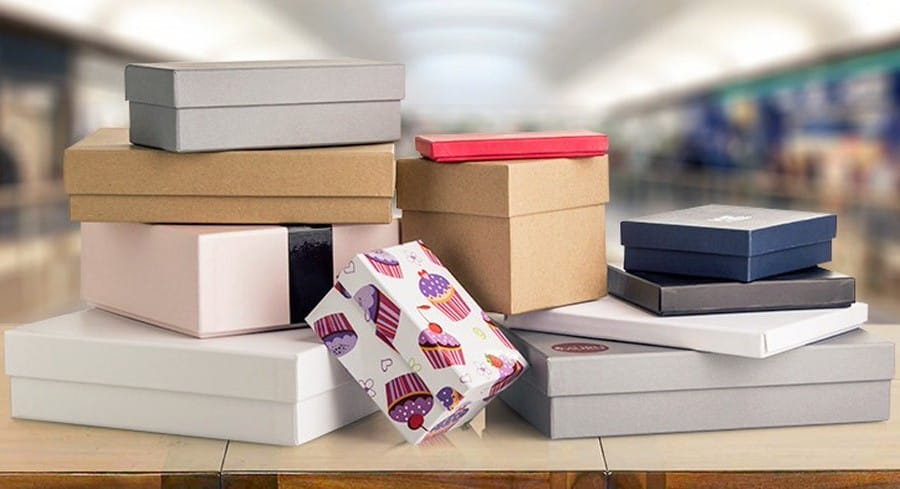What is Adherence Packaging?
Pre-packaged medication organizers known as adherence packaging or compliance packaging are becoming increasingly common. Adherence packaging provides patients with pre-filled, single or multi-dose packaging of prescription medications sorted by date and time. Medications are packaged into individual plastic or foil blister packs which are then sealed into packets or pouches marked with the day and time the contents are to be taken.
Benefits of Adherence Packaging
Adherence packaging offers several key benefits for both patients and healthcare providers. By sorting medications into date and time specific packets, Adherence Packaging simplifies medication routines and reduces confusion about when to take each pill. This packaging method helps ensure patients don’t forget or accidentally miss doses. Studies show adherence packaging can increase medication adherence rates by as much as 25% compared to loose pill bottles. Higher adherence leads to better health outcomes and fewer wasted medications.
Adherence packaging also benefits pharmacies and dispensing practices. Pre-sorting and packaging medications streamlines the dispensing process and reduces labor costs compared to manually filling pill organizers. The single-dose packaging also reduces dispensing errors that can occur when transferring loose pills. Many pharmacies now offer adherence packaging services for clients with complex medication regimens or a history of non-adherence.
Who Benefits Most from Adherence Packaging?
Certain patient populations are among those who can benefit the most from Adherence Packaging. Elders with chronic conditions often have multiple medications to manage throughout the day. Adherence packaging eliminates confusion over which pills to take and when. It provides visual and physical assistance to patients with decreased cognition, dexterity or vision issues.
Adherence packaging also supports patients just starting complex medication routines, such as those diagnosed withnew chronicconditionsor undergoing transplant treatmentsrequiringdozens of immunosuppressant and anti-rejection pills daily. The packaging ensures correct medications are taken on schedule during an already stressful time adjusting to a new health reality.
Adolescents transitioning to self-managed care through their high school years also commonly struggle with medication adherence due to busy schedules and distractions. Adherence packaging encourages sticking to treatment plans through the structure and habit-forming qualities of fixed dose schedules.
Drawbacks and Considerations
While adherence packaging clearly benefits many patients, there are some drawbacks to consider as well. The additional processing and packaging by pharmacies increases supply costs that are passed on to patients or health plans through higher medication co-pays and premiums. Strict adherence to a set schedule may not suit all lifestyles or medical conditions that require dosing flexibility.
Some view pre-packaged doses as less convenient for traveling or spontaneous lifestyle needs compared to loose bottles that can be more easily transported. There are also environmental concerns around increased plastic and foil waste generated by single-use adherence packaging compared to reusable bottles and organizers. However, many packages are now made from recyclable materials to reduce landfill impact. Overall, for patients who can truly benefit, the adherence and health gains usually outweigh potential downsides.
Impact on Medication Adherence Rates
Numerous studies evaluating the impact of adherence packaging have found it significantly improves medication-taking behavior in targeted populations. One systematic review analyzing 24 clinical trials reported consistent increases in adherence rates ranging from 13-25% among patients using this packaging method compared to standard multi-dose dispensing.
A large U.S. insurance claims analysis reviewed over 43,000 patients filling new prescriptions. The study found a 22% reduction in refill gaps and 12% lower non-adherence rates within 180 days among those receiving adherence packaged medications versus loose-dose dispensing. Patients with complex regimens involving 4 or more daily medications saw the greatest improvement.
Research has also linked better adherence with reduced healthcare spending. One Canadian study estimated a potential national annual cost-savings of $1.2 billion CAD if adherence increased by just 5% through multi-dose packaging interventions. Given the mounting societal economic burden of medication non-adherence and unnecessary hospitalizations, modest increases in correct medication use can provide substantial returns on investment in adherence packaging programs.
Future Directions for Adherence Packaging
As adherence packaging demonstrates clear benefits, its use will likely continue expanding to benefit more patients worldwide struggling with complex medication schedules. Technological innovations may further drive adoption. Voice features and smart reminders are being incorporated into digital adherence packaging.
*Note:
1. Source: Coherent Market Insights, Public sources, Desk research
2. We have leveraged AI tools to mine information and compile it




